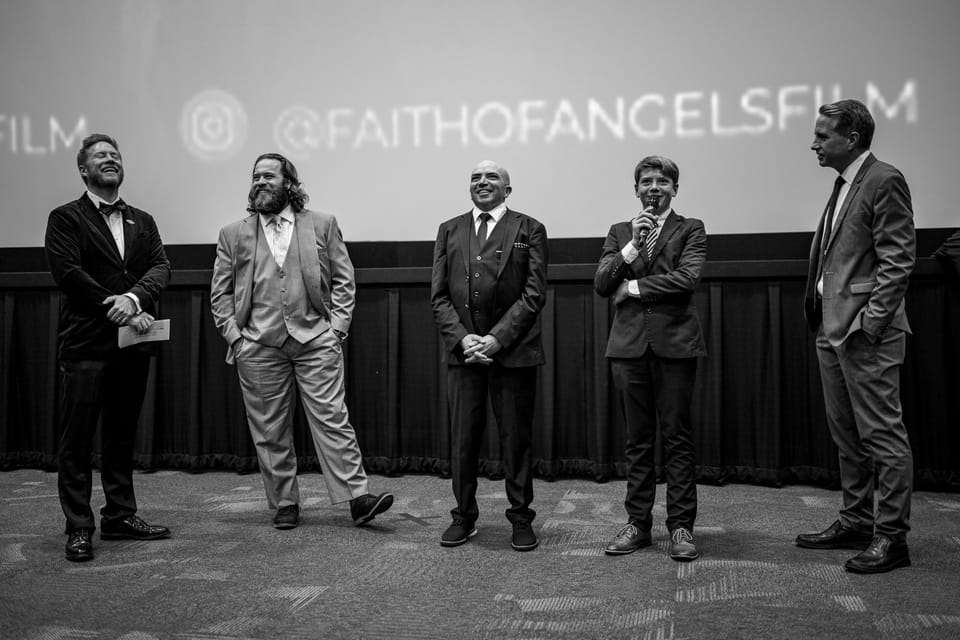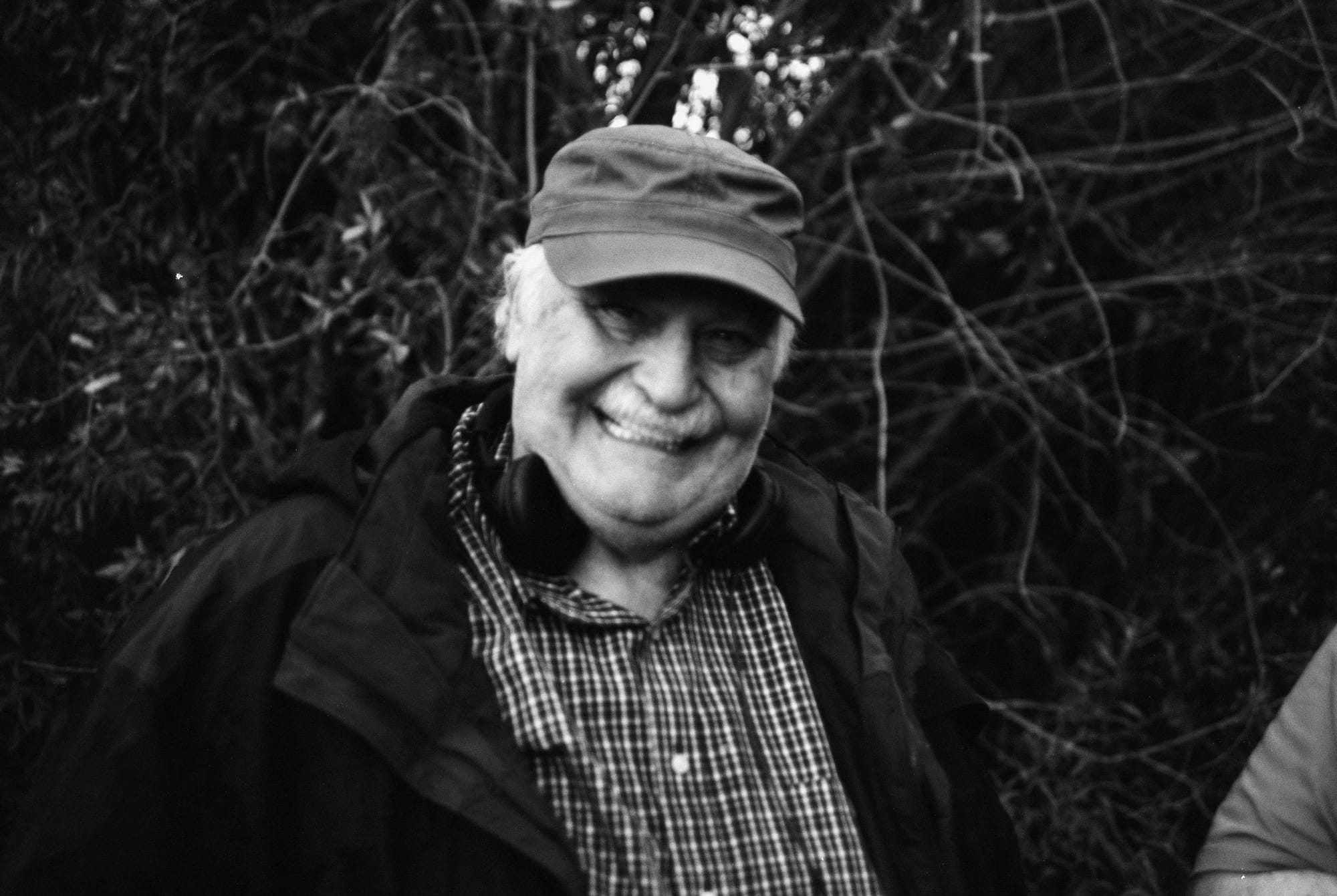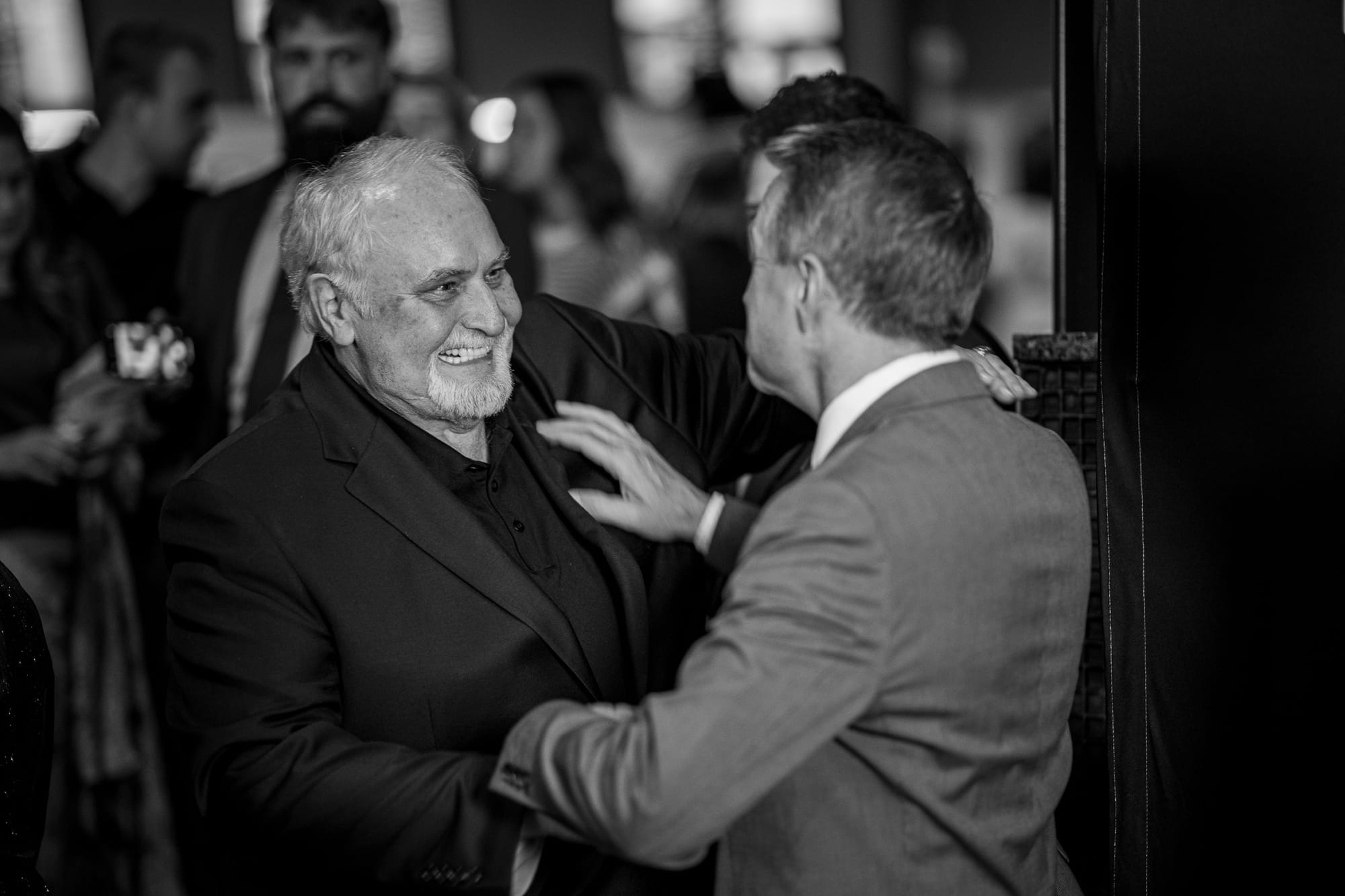What Happens After Investing In An Indie Film?

Your wire transfer cleared. The film is officially greenlit. Now what?
Over the last few weeks, current and prospective investors have asked me: "What happens after I give you my money? Break it down for me."
Whether you're already invested and wondering what's next, or considering your first film investment and want to know what you're signing up for, here's the breakdown.
Most investors see their job as ending when they write the check. They view film investing like buying stock—passive, hands-off, just waiting for returns. This mindset creates problems: surprises, frustration, and poor returns.
A hands-off approach can work, but it should be intentional, not accidental.
My favorite investors stayed engaged during production and distribution because that’s where the real value is protected or destroyed.
On my first film, an investor put in $200k for a producer credit. I never saw or spoke with her. The film got made, but she missed opportunities to add value beyond capital like leveraging her network for distribution, providing feedback, andhelping navigate inevitable challenges. Her investment became purely transactional.
Contrast that with my last film, where the Executive Producer visited set over half of the filming days. He and his assistant were stewards. They saw we could benefit from a side-by-side to transport actors, crew, equipment, and themselves up and down the steep, rocky road between basecamp and set. They brought theirs to set and let us use it for free.

They got to know the cast and crew and soaked in knowledge. When I asked about crew gifts, they were happy to cover the cost. He was beaming at the premiere as the only EP on the project, seeing the film’s impact on its intended audience.

Their limited involvement improved the film and made us feel like partners on a mission with the same outcome.
I’ve been following investor/EP Michael Steven Robbins. He’s a vocal supporter of indie film with several credits. In his recent project, he’s handling the distribution himself and sharing lessons and successes on LinkedIn where he has 50,000 followers, like how their marketing efforts led to week-over-week growth, #1 placements on VOD platforms globally, and the types of projects he’s seeking as an investor/EP. He took it upon himself to protect his investment and help make the project profitable. Michael exemplifies the “new patron of indie film” ideology we need more of in this industry.
Four Phases of Post-Investment Engagement
Do you want to be part of the “new patrons” rather than a transactional producer? Your investment sets four phases in motion, each requiring different engagement levels. Here’s what happens after your money hits the production account:
Pre Production
This planning stage starts as soon as a movie gets the green light. The script is polished, the crew and cast are hired, andkey members start designing their production plan—what camera to shoot on, locations, sets, wardrobe, stunts, etc.
After weeks or months, the production has hired 12 to 100 crew members, set filming dates, and prepared for the intense shoot.
Production
Also called “principal photography,” this is a few weeks to months (dependent on budget and scope) where filming takes place on location or on a stage.
Each day, the crew drives to the location, unloads trucks of equipment, props, costumes, food, and more, and the cameras roll to capture the day’s scenes.
Production can be as short as 1-2 days for a short film, 2-3 weeks for a low budget (sub $1M) film, or 4-6 weeks for a larger indie ($1-4M).
Executive producers (investors) can visit the set and participate, but they should read up on set etiquette beforehand.
When filming ends, or “wraps,” everyone packs up and goes home. Then, the footage is handed off to the post-production supervisor or editor for the next phase.
Post Production
This is where the film is edited. Every day the footage is backed up on hard drives and the editor starts shaping an assembly edit, the film as shot. The best takes from each angle of each scene are edited together to give the director an idea of what was captured, the timing, and the feel of the scene.
Throughout the process, the editor(s) and director work together to get a rough cut, a version that feels close to the finished one. After another round or two of notes and changes, you have a final cut or “locked edit” or “picture lock.”
Locking the edit—making no further changes—allows other post-production departments to work without timing or edit shifts. Depending on the project's scope and when the editor started assembling scenes, it takes 6-12 weeks to reach a locked edit.
The locked edit is given to the sound design and edit team, composer, and visual effects crew. They spend 1-2 months adding creativity to the film for a version ready for coloring. The colorist finishes their work, the film goes to a final sound mix, and everything is put together for distribution.
The process takes 6-12 months depending on the film’s scope.
Distribution & Marketing
Ideally, you’ve been marketing the film throughout its production. But whether you have or not, it’s time to ramp up awareness efforts for the upcoming release.
There are many distribution options, and your involvement and network help considerably. If you have an audience, invite them to follow your film’s accounts. Invite key people to premieres and parties. Tap your network for marketing, PR, and distribution connections.
This is where the hard work pays off, and you can never do too much to market your film. Marketing represents half of your movie’s success, whether you need 100,000 or 10,000,000 people to see it. If there’s one area to be helpful, it’s this last phase.
The process takes 12-36 months. The fastest I’ve seen from greenlight to release was 15 months, and the longest was 26 months. The longer films usually didn’t have distribution lined up, so they spent months or years seeking partners.
At the premiere, enjoy the night, bring your friends and family, and soak up the limelight. Expect a red carpet, a step and repeat with the film’s imagery for photo ops, and professional photographers and videographers. Capture as much as you can, take photos with the cast and crew, and journal when you get home to relive the night over and over again.
If You’re A First-Time Film Investor
These phases apply whether you’re a seasoned investor or just starting out. Thank you for considering your first film investment! I and the rest of this industry are excited to have you join us on this journey.
Common hesitations or obstacles I encounter:
“I don’t know enough to add value.”
That’s okay! We’re happy to help you learn the ropes, lingo, etiquette, and process. Find producers willing to teach you and excited to help you learn. You don’t need to know anything to add value.
“I don’t have time to be involved.”
Also okay! Just communicate that up front. Many producers seek strategic investors with industry connections, a large audience, or other value adds. If you’re testing the waters without time or desire to be involved, that’s okay!
Avoid saying one thing and doing another. If you say upfront that you want to visit the set, help out, and learn the ropes, but then take your time sending the next tranche of money, don’t show up when you say you will, or avoid the producers when they call, that’s not a great partnership.
Yes, we need your investment to make the film. It won’t happen without it! Your involvement may be a reason to invest, so talk to the producer(s) about what your ideal participation looks like so everyone is on the same page.
Film investment isn't real estate or stocks. It's a creative business where active, informed investors protect their returns through engagement, not passivity. It's not required, but it helps.
If you’re considering film investment, check out the structure we’ve put together through Producer Fund I and reach out to schedule a chat. You can also check LinkedIn and IMDb for local producers with development projects seeking aligned investors.






Member discussion